|
When changing tastes and technical advances raise the bar on extreme imagery, what does this mean for narrative? Article by Ian Long Have you noticed cinema’s recent tendency to keep viewers locked onto extreme events for long periods of time? An incident that might once have functioned as a momentary shock is opened up, delved into, and transformed into what I’ve dubbed an “immersive catastrophe” - an event that plays out on a high note of terror, strangeness or personal threat for an extended duration, typically focusing on the experience of a single person. It’s interesting to speculate on the possibilities that this tendency opens up for narrative, and also what’s happening on an emotional level. Here's an example of an immersive catastrophe from the beginning of Hereafter (Clint Eastwood, 2008): A couple awakes in a hotel room overlooking a tropical beach where people swim and frolic. The woman leaves the hotel and browses some stalls in a crowded street, smiling and chatting with a young girl as she buys a bracelet. Meanwhile the woman's partner stands on his balcony, watching in disbelief as the sea draws away from the beach, then rushes back in the form of a huge tidal wave. The wave smashes into the coast, uprooting trees and crushing buildings, and surges down the shopping street towards the woman. Holding the girl's hand, she tries to outpace the water; but it overwhelms them. They’re borne along by a fast-flowing river full of cars, trees, and other debris. The woman loses hold of the girl. She’s rushed through the space beneath a wooden awning where electrical wires are shorting. A vendor’s stall is hurled on top of her and pulls her to the bottom, but she fights free. She’s slammed into a tree which has fallen into the road; grabs it; a man is poised to pull her to safety, then a car door hits her head and knocks her under the surface. Heartbeats are heard as she floats unconscious, gazing unseeingly as debris floats above her. The bracelet falls from her fingers. Her face fills the screen, then a close-up of her left eye.  Boy soldier deafened in an air raid: Come and See (Elem Klimov) Boy soldier deafened in an air raid: Come and See (Elem Klimov) Cut to black. The heartbeats stop. Hereafter uses CGI, brilliantly in this case, to model the destructive power of water in an enclosed setting and to put us into the experience of someone who is caught up in it. The pace of events is shockingly fast, and we feel how it is to be in the power of something much stronger than ourselves. Who Uses The Immersive Catastrophe? Filmmakers from Steven Spielberg and Clint Eastwood to Gaspar Noé and Lars Von Trier have embraced it. In fact, the narratives of Noé’s films Enter the Void and Irréversible each constitute one long immersive catastrophe. The shower scene in Psycho is a precursor, but in its strong form the immersive catastrophe is something relatively new, enabled by the willingness of audiences (and censors) to accept ever more extreme imagery, and the technical ability to render such scenes with great realism. Does it represent film's acknowledgment of a new audience raised on ever-more-realistic first-person computer games - and the growing talk of a convincing virtual reality experience via systems like Oculus? Quite possibly. It’s probably also related to film’s need to differentiate itself from TV, and to give cinema audiences unforgettable, inimitable experiences. We can now be subjected at length to events that would once merely have been glimpsed or hinted at, or would have proved impossible to put on the screen realistically. But what does the immersive catastrophe do? 1) It lets us share a character’s shock at the abrupt onset of a frightening event. 2) It obliges us to inhabit their experience, rather than simply watching it, as the event plays out. We tend to remain inside a character’s experience, on a very visceral level. 3) It gives us very strong visual and emotional content, and a turnover of heightened images and sensations, often of an extreme or taboo nature. 4) These incidents may occur so rapidly that they’re hard to process; or they may show us a single thing happening in great, slowed-down detail. 4) Typically, it exceeds our expectations. And this happens, even in a negative way, there can be an exhilarating element to the experience. The sheer momentum of Hereafter’s opening scene has elements of the carnival ride, for instance. 5) It glues us to the screen, grabbing our attention and heightening our responses to the larger narrative as it unfolds. 6) It burns itself onto our memory. If we’ve had a peak experience, good or bad, we’ll remember the film in which it occurred. 7) It throws everything around it into sharp relief. What is the meaning of a world that can contain this event? How does the rest of the story measure up to it? What Form Do They Take? The nature of a “shock moment” changes, taking on new meanings, when it doesn’t stop but carries on … and on … and on. Through its brutality and sheer duration, for instance, the rape scene in Irréversible becomes a personal and emotional catastrophe not just for Alex, the woman who has been assaulted, but also for the audience. Its impact just wouldn't be the same if it had been shorter. By being forced to experience the event in real time, we too feel trapped, overwhelmed, subject to a malign will that can't be reasoned with. Our nerves are stretched to breaking point. Irréversible also demonstrates that immersive catastrophes needn’t always play out on a large scale, with the aid of special effects. As with Hereafter, a “grammar” has to be found to structure the mini-narrative of the immersive catastrophe. When a single event is stretched out, it inevitably becomes a series of smaller events - bound together by the unities of time and action. Positioning in the Narrative
The immersive catastrophe also takes on very different meanings depending on its position in the narrative. Catastrophic events usually spell endings. The play Journey’s End by R. C. Sherriff ends with the cataclysmic death of all the characters we’ve seen, bringing home the fragility – close to meaninglessness - of individual histories in war. However, an extreme, “everything is over” scene at the beginning of a film can mark its seriousness of intent. If stories dealing with war and other kinds of inhumanity are going to be truthful to their subject, shouldn’t they be brutally honest from the outset? An “ending event” in the middle of a film (Psycho, Irréversible) inevitably serves as a fulcrum for the narrative, a “game-changer” which throws the audience and may even alter their sense of the genre of the story they’re watching. Many would argue that terrors evoked in viewer’s minds are still more powerful than anything we actually see, no matter how catastrophic – but filmmakers now have the licence to explore a different, more bruising and arduous kind of fear, and they need to think about how it works. Creating Fear in Films workshop - April 16 We'll be looking further into these and many other ideas, and the deep psychology of fear in all kinds of cinema, in our workshop in Central London on April 16. Places are very limited, so book now to avoid disappointment! You can find out more here.
10 Comments
Gabriella Apicella
24/3/2016 04:16:50 pm
You're on to something here for sure, Ian! By my reckoning, the whole of High Rise, released 18th April, is pretty much an immersive catastrophe! - While it's been divisive, I really enjoyed it!
Reply
Ian Long
24/3/2016 04:30:15 pm
Interesting - I will have to go and see High Rise tout de suite. Intriguing that the Immersive Catastrophe® is becoming so ubiquitous. There is more to be said and thought about this.
Reply
Rocky W Toadstool
25/3/2016 02:56:02 am
A fascinating read as ever, Ian - entertaining, informative and in my opinion right on the money.
Reply
Ian Long
30/3/2016 02:05:31 pm
Thanks for those kind words, Rocky.
Reply
29/3/2016 01:20:30 pm
I too have been thinking, lately, that it's a great trick to create an ongoing 'immersive' experience that terrifies - two examples I can think of are HOMELAND (eg Season One - is the man I'm falling in love with actually working for the other side?) and THE NIGHT MANAGER (will he be 'discovered'?) The tension is there, episode after episode, because the set up has a gigantic question mark hanging over it.
Reply
Ian Long
30/3/2016 02:07:38 pm
Yes Fenella, quite a number of recent TV series use this kind of extended suspense idea - HANNIBAL, MAD MEN, DEXTER, to name just a few. In fact I go into this in detail in my Neo Noir wrokshop.
Reply
Ian Long
30/3/2016 02:08:36 pm
Or even workshop.
Reply
Paula Comley
30/3/2016 05:41:55 pm
Thanks for this Ian - really interesting read - and the checklist will be super useful.
Reply
Erick Kwashie
1/4/2016 10:30:45 am
Great article Ian .... made me think of the TV series '24' and the movie 'No Escape'. So "Immersive Catastrophe" aka covertly and subliminally turn the audience into passive adrenaline junkies ... it's Machiavellian, but I like it! :-)
Reply
Leave a Reply. |
BLOGTHE ONLY PLACE TO TALK ABOUT THE CRAFT OF SCRIPTWRITING.
|
Privacy Policy © Euroscript Limited 2020

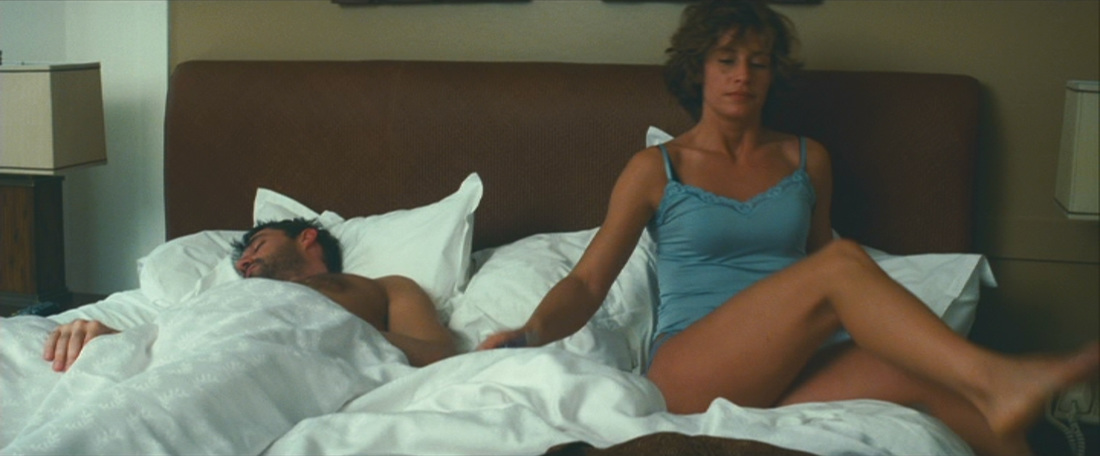
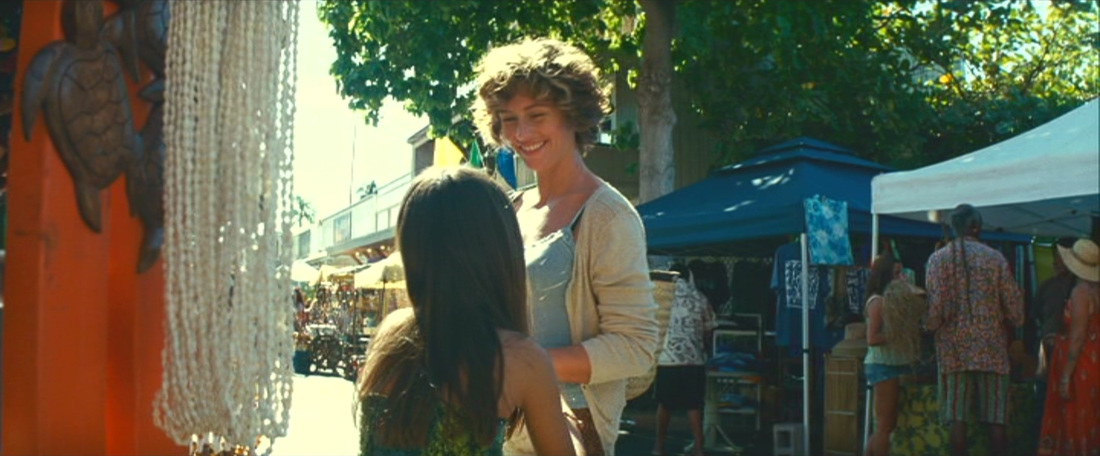

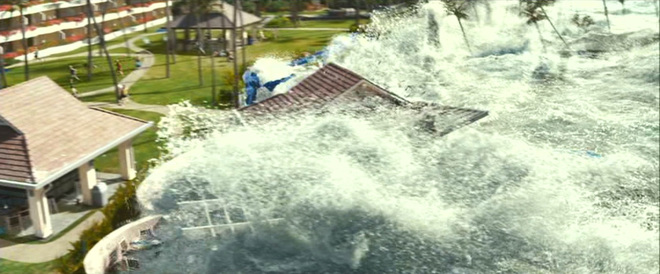
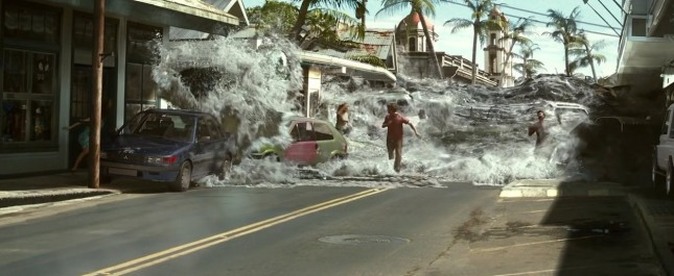
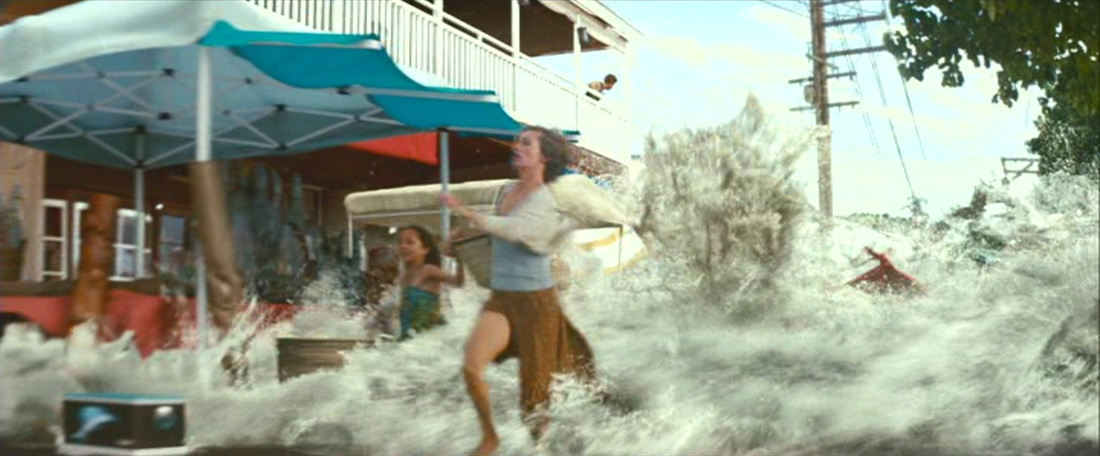
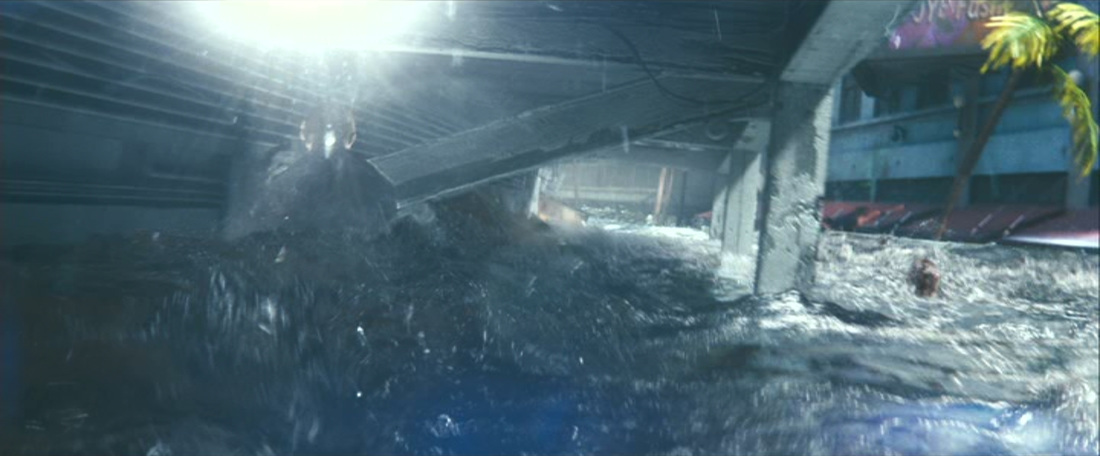
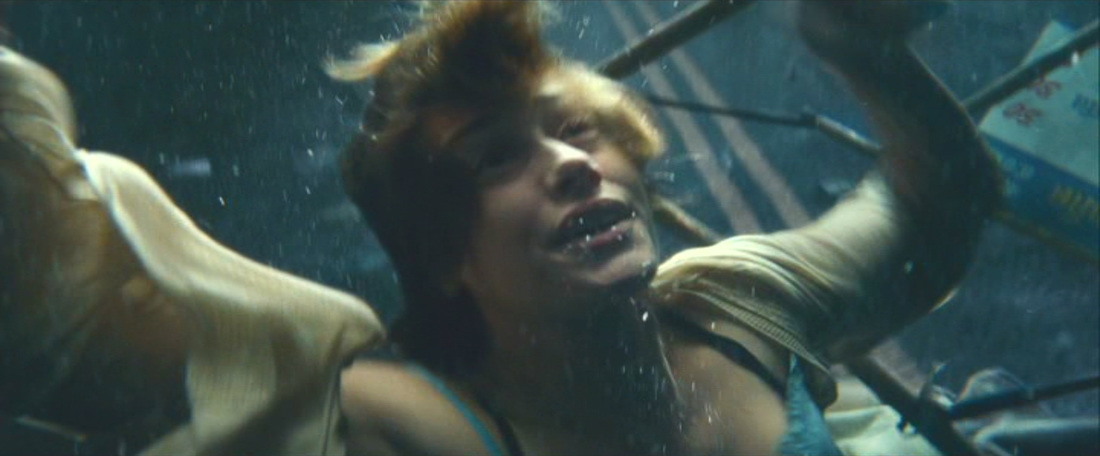
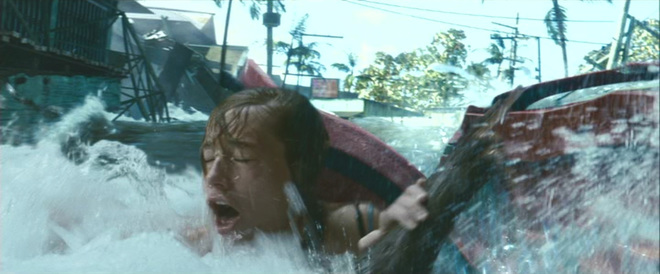
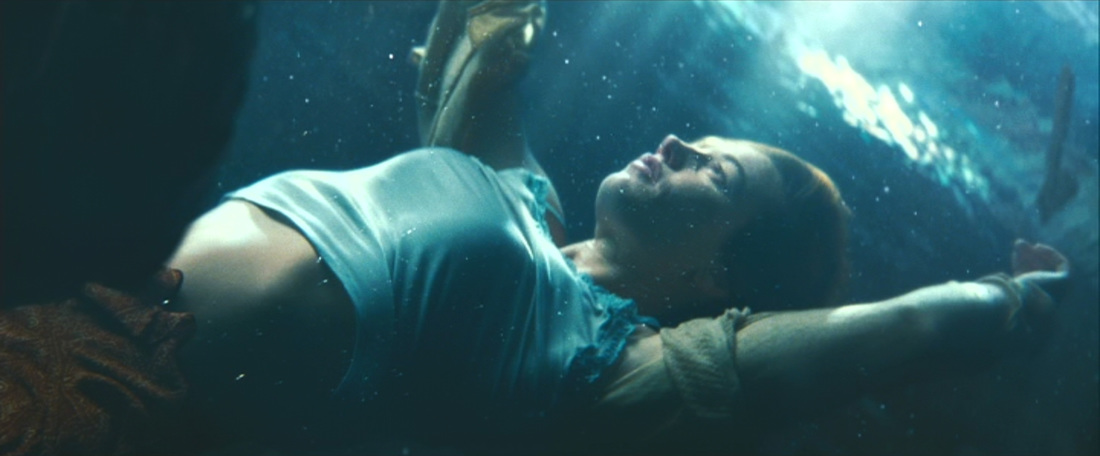
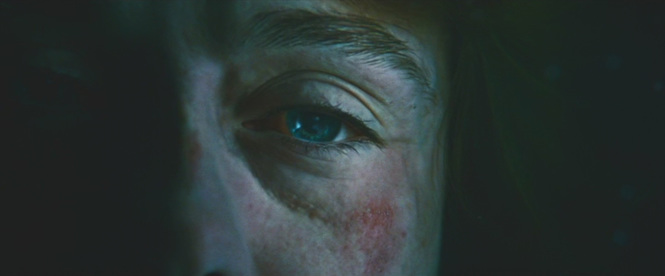

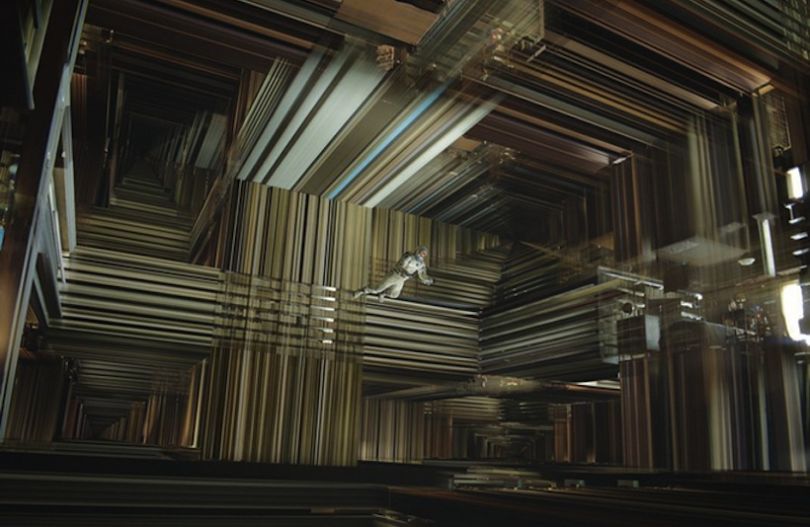
 RSS Feed
RSS Feed


